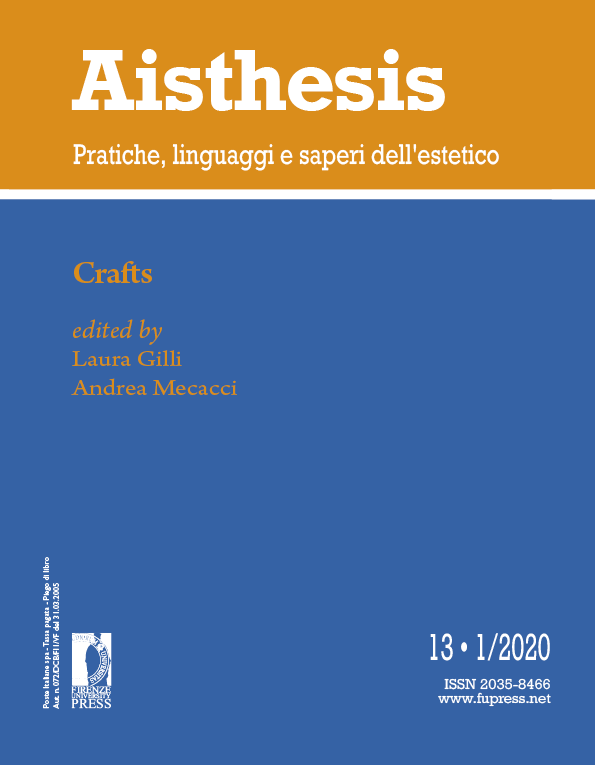Published 2020-06-19
Keywords
- Empathy,
- imagination,
- imitation learning,
- implied actions,
- unfinished
How to Cite
Abstract
This contribution proposes how beholders may internally process unfinished works of art. It does so by considering five of Michelangelo Buonarroti’s interrupted sculptures and pointing out their empathic and imaginative potential. The beholder focused on the surface, I propose, is inclined to mentally simulate the artist’s gesture that drafted the sculptures through the visible graphic signs of the chisels. This inner simulation takes place within the activation of various brain networks, located in the brain’s motor system. Renaissance authors associated the observation of the unfinished to learning and, as this article shows, this assumption seems to find confirmation in recent neuroscientific studies on mirror neurons and imitation learning. In this way, the empathic engagement established between the beholder and the work of art observed – as well as the role played by embodied simulation and imagination in this kind of visual perception – clarifies how the incompleteness can also have that pedagogical function recognised by Giorgio Vasari and Benvenuto Cellini.


